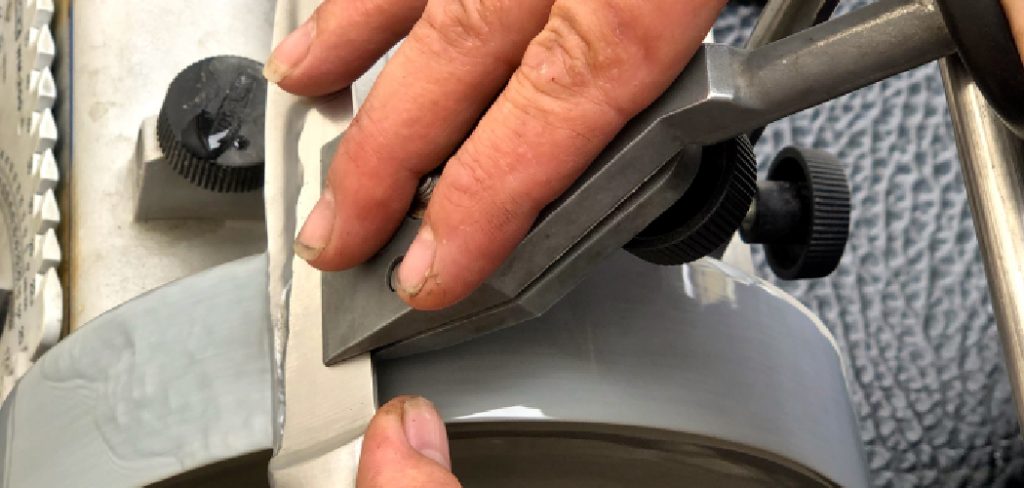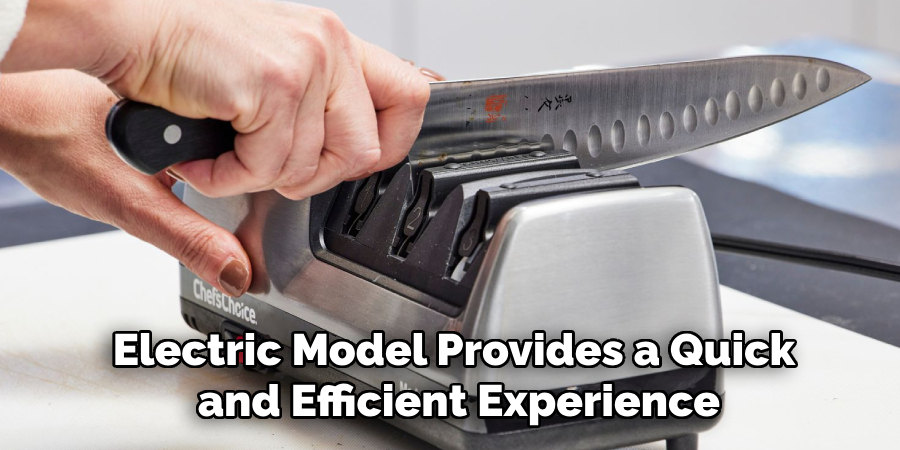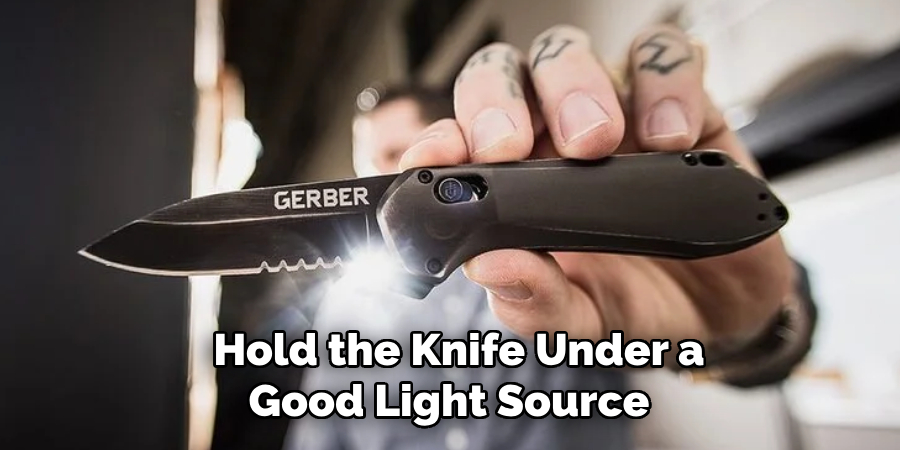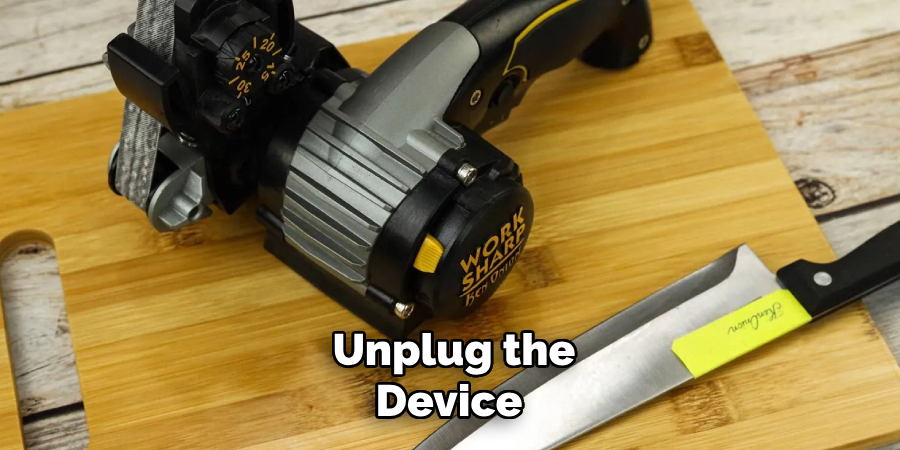Wasabi Knife Sharpeners have gained immense popularity among culinary enthusiasts and professional chefs alike for their ability to easily maintain sharp, high-quality blades. Unlike traditional sharpening stones or electric sharpeners, the Wasabi Knife Sharpener is designed with unique features that set it apart from other sharpening tools. Its ergonomic design ensures a comfortable grip, while the precision sharpening technology guarantees an even edge every time.

Additionally, the Wasabi sharpener’s durable materials and easy maintenance make it a reliable choice for long-term use. The purpose of this article is to guide you through “how to use Wasabi Knife Sharpener” effectively, ensuring that your blades remain razor-sharp and ready for any kitchen task. By following the steps outlined, you will maximize the performance and lifespan of your knives, enhancing your culinary experience.
Understanding the Wasabi Knife Sharpener
What Is a Wasabi Knife Sharpener?
The Wasabi Knife Sharpener is a premium tool designed to keep kitchen knives in optimal condition, known for its ease of use and exceptional results. Wasabi, as a brand, is dedicated to producing high-quality kitchen tools with a focus on innovation and reliability. Their sharpeners cater to a wide range of users, from home cooks to professional chefs, offering both manual and electric models to suit different preferences and needs. The manual sharpeners provide hands-on control, whereas the electric models offer a quick, effortless, sharpening experience, making the Wasabi sharpeners versatile and accessible.
Key Features of the Wasabi Knife Sharpener
Wasabi sharpeners boast several key features that set them apart in the market. They are constructed with durable ceramic abrasives, which ensure a fine and consistent edge on the blade. The design incorporates adjustable angle guides, allowing users to tailor the sharpening process to various blade types and preferences, ensuring precision whether you’re sharpening a cleaver or a paring knife. The ergonomic structure ensures a comfortable and secure grip, minimizing any strain during use. These features make Wasabi sharpeners ideal for both beginners, who will appreciate the user-friendly design, and professional chefs, who demand consistent performance and quality.
Tools and Materials Needed
Wasabi Knife Sharpener
When choosing a Wasabi Knife Sharpener, you can opt for either the manual or electric model, each catering to different sharpening needs. The manual model offers precise control, allowing users to finely hone their knives with personal input, making it ideal for those who prefer a hands-on approach. In contrast, the electric model provides a quick and efficient experience, perfect for those who need to sharpen multiple knives efficiently or frequently. The choice between models depends on personal preference and the specific needs of your kitchen tasks. Both models incorporate quality materials, ensuring durability and exceptional performance.

A Clean, Dry Cloth
Before sharpening your knife, it’s crucial to clean it with a cloth to remove any food particles, oils, or residue that may affect the efficiency of the sharpening process. A clean, dry knife ensures full contact with the sharpener’s abrasive surfaces, allowing for a smooth and effective sharpening experience. Dry the blade thoroughly to prevent any moisture from interfering with the cutting edge and to maintain the longevity of both the knife and the sharpener.
Preparing Your Knife for Sharpening
Cleaning the Knife
Before you begin the sharpening process, it’s vital to thoroughly clean your knife to remove any food particles, rust, or grime. Start by rinsing the blade under warm water and applying a mild dish soap to a sponge or soft cloth. Gently scrub the blade, focusing on both sides to eliminate all residue. Pay particular attention to the area near the handle, where buildup often occurs. Rinse the blade thoroughly with clean water, then dry it with a lint-free cloth to prevent water spots or rust. Proper cleaning is crucial as it prevents damage to the sharpener’s abrasive surfaces and ensures a smooth sharpening process devoid of interruptions or complications.
Inspecting the Blade
Once your knife is cleaned, it’s essential to inspect the blade carefully to check for any existing damage, such as chips, bends, or dull spots. Hold the knife under a good light source and visually scan the edge from handle to tip. Running your fingers over the edge can also help identify areas that need special attention, ensuring no unnoticed irregularities exist. It’s important to detect significant damage before sharpening, as severely compromised blades might require professional repair to restore their original performance. Attempting to sharpen a damaged blade without addressing these issues can exacerbate the problems, potentially leading to permanent damage and unsafe cutting conditions.

How to Use Wasabi Knife Sharpener: Use a Manual Wasabi Knife Sharpener
Setting the Knife at the Correct Angle
Setting your knife at the correct angle is crucial to achieve optimal sharpness. For most kitchen knives, an ideal sharpening angle is around 20 degrees. This angle suits various kitchen tasks by balancing sharpness and durability. The Wasabi Knife Sharpener has adjustable angle guides to help users achieve this precise alignment. To align your knife properly, insert it into the appropriate slot, ensuring the blade sits flush against the guide angle. This setup ensures you maintain the correct sharpening angle throughout the process, securing an even edge. Keeping your hand steady and applying consistent pressure will help maintain this alignment, preventing unnecessary wear on the blade while ensuring optimal sharpening results.
Sharpening the Blade
Start the sharpening process by securely placing the Wasabi manual sharpener on a stable surface for safety and optimal results. Insert the knife’s heel into the sharpening slot designated for coarse sharpening. Draw the blade through the slot in a smooth, controlled motion, ensuring the knife maintains contact with the guides. Use consistent strokes from heel to tip to achieve even sharpening across the entire blade. Applying moderate, even pressure is essential to avoid bending or damaging the knife. Repeat this motion five to six times or until a burr forms on the edge for optimal sharpness. Transition to the finer grit slot once the initial sharpening is complete for polished results.
Finishing the Sharpening Process
Draw the knife through the finer grit slot or honing section to complete the sharpening process. This final step polishes and refines the edge, producing a razor-sharp finish ready for kitchen use. This refinement ensures the knife maintains its sharpness for an extended period, enhancing its cutting efficiency.
How to Use Wasabi Knife Sharpener: Use an Electric Wasabi Knife Sharpener
Understanding the Electric Model
The electric Wasabi Knife Sharpener utilizes motorized abrasive wheels designed to provide faster and more consistent sharpening results than manual methods. This model simplifies the sharpening process, requiring minimal physical effort while maintaining precision. Key differences between manual and electric sharpening include the speed with which an edge can be restored and the ease of use, as the electric model streamlines the task, making it accessible even to those with little experience. The electric sharpener quickly rejuvenates dull blades, which is ideal for frequent use and maintaining kitchen efficiency.

Using the Electric Wasabi Knife Sharpener
Begin placing your electric Wasabi sharpener on a stable, dry surface. Insert the knife into the designated slot, ensuring the blade sits flush against the built-in guide. Press the power button to activate the sharpener. With the motor running, gently guide the knife through the slot without exerting undue pressure, allowing the machine to perform the sharpening. It’s crucial to maintain a steady, controlled motion throughout this process.
Generally, three to four passes on each side of the blade should suffice to achieve a sharp edge, but this may vary depending on the knife’s original condition and material. Avoid rushing, letting the motorized wheels work at their designed pace to achieve optimal results. Once the sharpening stage is complete, switch the machine off and remove the knife.
Final Touches
For a polished finish, utilize the final honing stage of the electric sharpener. This section of the machine is engineered to refine the blade’s edge, leaving it smooth and exceptionally sharp. A couple of light passes through the honing slot, which should render the knife ready for efficient cutting, enhancing both accuracy and ease in your kitchen tasks.
Maintenance Tips for Your Wasabi Knife Sharpener
Cleaning the Sharpener
To prolong the life of your Wasabi sharpener, it’s essential to clean it after each use. This involves gently wiping the sharpening slots with a damp cloth to remove any metal shavings, dust, or residue left behind. Ensure that the device is powered off and unplugged before cleaning. Using a small brush to clear away particles from hard-to-reach areas is also advisable. For proper storage, keep your sharpener in a dry place to prevent moisture buildup, which can lead to rust or damage, ensuring it remains in optimal working condition.
Replacing the Abrasive Pads
Regular use of your Wasabi knife sharpener eventually leads to wear on the abrasive pads or wheels. Replacing them when sharpening performance declines is crucial, as this indicates the abrasives are no longer effective. To replace, first, unplug the device and refer to the user manual for specific step-by-step instructions. Typically, this process involves opening the casing, removing the worn pads or wheels, and securing the new ones into place, ensuring the sharpener performs efficiently.

Conclusion
Proper maintenance of your kitchen knives begins with understanding how to use Wasabi knife sharpener models, both manual and electric. Ensuring a sharp edge involves following specific steps—setting the correct angle, applying consistent pressure, and transitioning through appropriate grit levels. Whether using the manual or electric method, each tool effectively keeps blades in optimal condition. Using the right sharpening tools and techniques is crucial for maintaining knife performance and kitchen safety. Regularly sharpening your knives improves cutting efficiency and enhances overall kitchen safety significantly.
Edmund Sumlin is a skilled author for Metal Fixes, bringing 6 years of expertise in crafting a wide range of metal fixtures. With a strong background in metalwork, Edmund’s knowledge spans various types of fixtures, from decorative pieces to functional hardware, blending precision with creativity. His passion for metalworking and design has made him a trusted resource in the industry.
Professional Focus:
- Expert in Metal Fixtures : Edmund aesthetic specializes in creating durable and innovative metal fixtures, offering both appeal and functionality. His work reflects a deep understanding of metalworking techniques and materials.
- Sustainability Advocate : He is dedicated to using sustainable practices, ensuring that every fixture is crafted with eco-friendly methods while maintaining high-quality standards.
In his writing for Metal Fixes, Edmund provides valuable insights into the latest trends, techniques, and practical advice for those passionate about metal fixtures, whether they are professionals or DIY enthusiasts. His focus on combining artistry with engineering helps others discover the true potential of metal in design.


